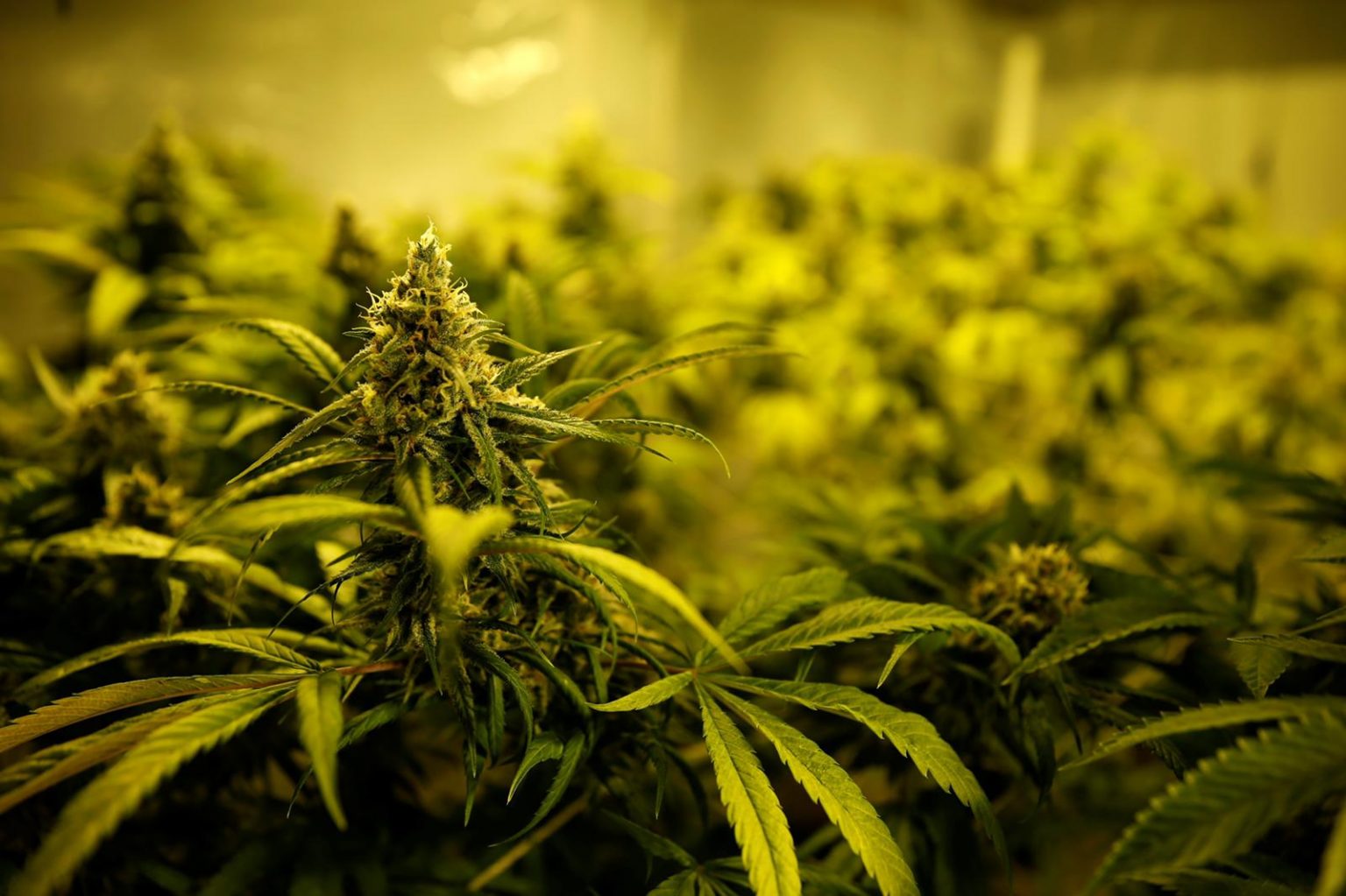Introduction:
Many cannabis users report experiencing a distorted sense of time after consuming marijuana. This phenomenon, often referred to as “time dilation,” can make minutes feel like hours or cause time to seem to fly by unnoticed. In this article, we’ll delve into the science behind cannabis-induced time dilation, its potential causes, and what it means for users.
What is Time Dilation?
Time dilation, in the context of cannabis use, refers to the subjective experience of time passing more slowly or quickly than usual. This altered perception of time is a common effect reported by marijuana users, particularly when consuming strains high in THC (tetrahydrocannabinol), the primary psychoactive compound in cannabis. A cannabis user must be better educated on the subject matter.
The Science Behind Cannabis-Induced Time Dilation:
- Endocannabinoid System Interaction: Cannabis interacts with the body’s endocannabinoid system, which plays a role in regulating various physiological processes, including our perception of time. THC binds to cannabinoid receptors in the brain, potentially altering our internal “clock.”
- Effects on the Cerebellum: Research suggests that the cerebellum, a part of the brain involved in motor control and cognitive functions, may also play a role in time perception. Cannabis use can affect cerebellar function, potentially contributing to time dilation effects.
- Altered Neurotransmitter Activity: Cannabis consumption can influence the release and uptake of neurotransmitters like dopamine and norepinephrine, which are involved in attention and time perception.
- Changes in Memory Processing: Short-term memory impairment, a common effect of cannabis use, may contribute to the sensation of time dilation by affecting how we process and recall recent events.
Factors Influencing Time Dilation:
- THC Content: Higher THC concentrations are generally associated with more pronounced time dilation effects.
- Individual Tolerance: Regular cannabis users may experience less dramatic time dilation due to developed tolerance.
- Set and Setting: The user’s mindset and environment can influence the intensity of time dilation experiences.
- Consumption Method: Different methods of consumption (smoking, vaping, edibles) may affect the onset and duration of time dilation effects.
Implications of Cannabis-Induced Time Dilation:
- Cognitive Performance: Altered time perception may impact tasks requiring precise timing or time management.
- Driving Risks: Time dilation can affect a user’s ability to judge speeds and distances, making driving under the influence particularly dangerous.
- Creative Pursuits: Some users report enhanced creativity during periods of time dilation, potentially benefiting artistic endeavors.
- Therapeutic Potential: In some cases, the slowing of perceived time may be beneficial for individuals dealing with anxiety or trauma.
Research and Studies:
A 2012 study published in Psychopharmacology found that cannabis use was associated with overestimation of time intervals, supporting anecdotal reports of time dilation. However, more research is needed to fully understand the mechanisms behind this phenomenon.
User Experiences:
Many cannabis users describe time dilation as a surreal or dreamlike experience. Some report feeling as though they’re “living in slow motion,” while others describe time as passing in discrete “chunks” rather than a continuous flow.
Managing Time Dilation:
For those who find cannabis-induced time dilation uncomfortable or inconvenient, consider the following tips:
- Start with low doses and gradually increase as needed.
- Choose strains with lower THC content or higher CBD ratios.
- Be mindful of your environment and schedule when consuming cannabis.
- Use external time-keeping devices to stay oriented.
Conclusion:
Time dilation is a fascinating and common effect of cannabis use, rooted in the complex interactions between marijuana and our brain’s perception of time. While it can be an enjoyable or even beneficial experience for some users, it’s important to be aware of its potential impacts on daily functioning and safety. As with all aspects of cannabis use, responsible consumption and self-awareness are key to navigating the altered temporal landscapes that marijuana can create.
Few references :
- National Institute on Drug Abuse (NIDA): https://www.drugabuse.gov/publications/research-reports/marijuana/how-does-marijuana-produce-its-effects
- Journal Article: “Cannabis and time perception” in Current Opinion in Behavioral Sciences: https://www.sciencedirect.com/science/article/pii/S2352154616301024
- PubMed Central – “Acute effects of THC on time perception in frequent and infrequent cannabis users”: https://www.ncbi.nlm.nih.gov/pmc/articles/PMC3581701/
- Harvard Health Publishing – “Medical Marijuana”: https://www.health.harvard.edu/blog/medical-marijuana-2018011513085
- Frontiers in Pharmacology – “The Endocannabinoid System and Cannabidiol’s Promise for the Treatment of Substance Use Disorder”: https://www.frontiersin.org/articles/10.3389/fphar.2019.00063/full
- Scientific American – Article on cannabis and the brain: https://www.scientificamerican.com/article/how-marijuana-affects-the-brain/
- World Health Organization – Cannabis report: https://www.who.int/substance_abuse/publications/cannabis_report/en/
- Neuroscience News – Articles on cannabis research: https://neurosciencenews.com/neuroscience-topics/cannabis/
- https://youtu.be/NNAn-8WArvg



Hiya, I’m really glad I’ve found this info. Nowadays bloggers publish only about gossips and net and this is actually frustrating. A good site with interesting content, that is what I need. Thank you for keeping this website, I will be visiting it. Do you do newsletters? Can not find it.